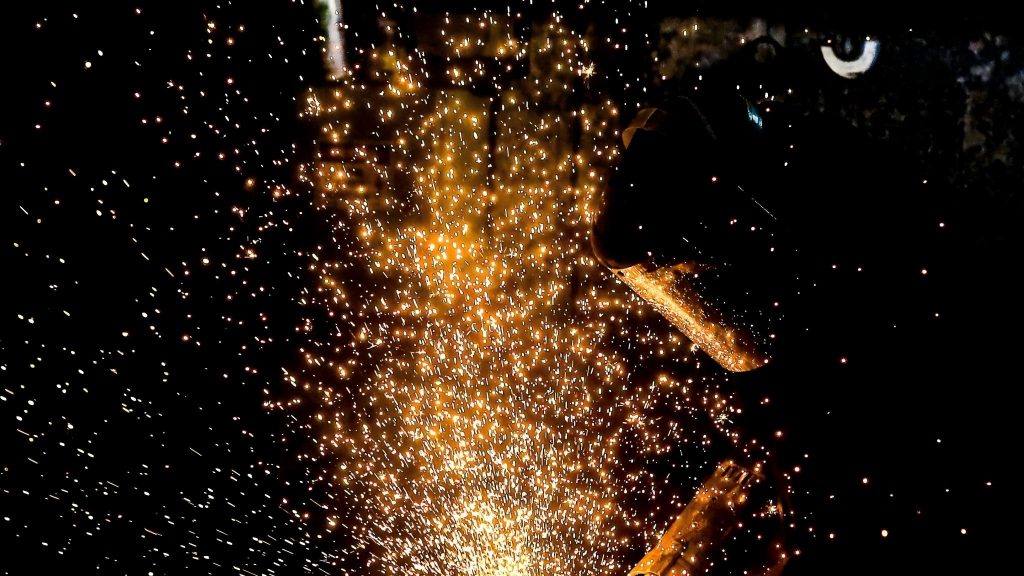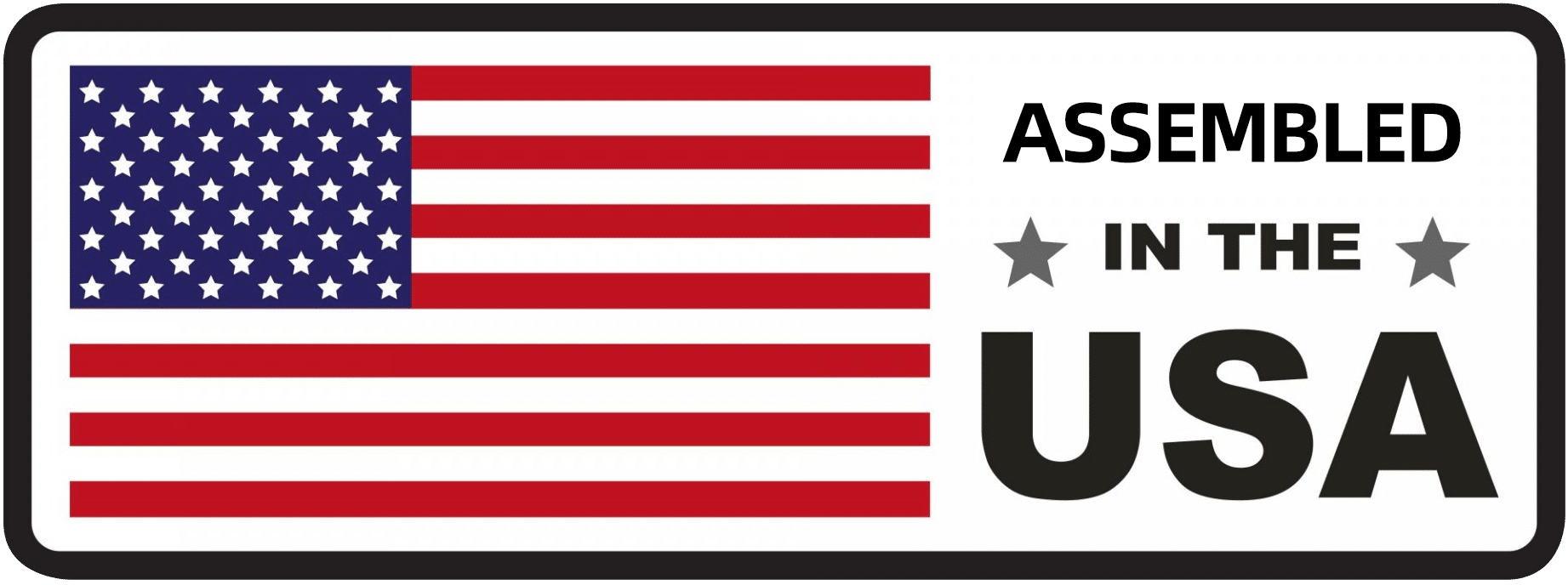
When experts discuss practical welding with a laser, they often emphasize the importance of three key parameters: laser power, welding speed, and focal position. There is a precise science to configuring these parameters to achieve optimal weld quality.
In this article, we discuss how to set up these parameters for high-grade industrial applications of laser welding in your production line.
What Are the Parameters for Laser Welding?
Multiple factors influence the effectiveness of laser welding. But the three below have the most substantial impact on a laser-welded joint.
- Laser Power: This pertains to the amount of energy output (often measured in Watts or KiloWatts) emitted by the laser beam. This parameter indicates the amount of material that the laser can melt or fuse during the welding process. Higher power means higher ability to weld thicker metals, but requires careful control to avoid overheating and thermal distortion.
- Welding Travel Speed: This refers to the rate at which a laser welding machine can complete a welding process. This parameter also indicates the rate by which the beam can penetrate the workpieces. It is commonly measured in millimeters (or meters) per minute. Higher speed means faster production time and less metallurgical warping or deformation.
- Focal position: In laser welding, a focal point is a specific location in the workpiece where the laser beam converges to its smallest diameter. The smaller the focal point’s diameter is, the denser the beam’s energy. However, if the beam’s focal point is positioned excessively high or low, it can lead to excessive heat input that can alter the base material’s metallurgical integrity.
What Is the Power Requirement for Laser Welding?
There is no single laser power setting that works for all welding projects. The required power varies based on several factors like the form of laser application you’ll use and the material thickness involved.
Laser Power Basics
Laser power can be applied in two different ways: Continuous Wave (CW) or Pulsed.
- Continuous Wave (CW): In this mode, the laser welding machine emits a constant beam of light, which is ideal for projects that require consistent heat input, such as welding thin materials. The continuous power output results in a stable thermal profile, which is suitable for uniform melting and solidification. However, it can lead to heat accumulation, which typically results in distortion in sensitive materials, such as aluminum alloys and plastics.
- Pulsed Lasers: This type of laser emits a beam in short bursts. Each “pulse” achieves high peak power to penetrate thick materials without transmitting excessive heat to the workpieces. Hence, a pulse laser is best for minimizing heat-affected zones (HAZ) and reducing the risk of material warping or burn-through. This mode is also advantageous for welding dissimilar materials or thin sections, where precise control is prioritized over extreme heat input.
Power Ranges by Material Thickness
The level of laser power is primarily tied to the thickness of the base materials. The power ranges below are based on the varying laser absorption rates of different materials. For instance, thick metals have a moderate to high laser absorption rate since they have a high density of free electrons, which can absorb and convert laser energy into thermal energy.
Material Thickness | Laser Power | Remark |
<2 millimeters | 500W | For conduction welds, laser energy is primarily absorbed at the surface, which melts and creates a weld pool that solidifies to form a joint. |
2 to 5 millimeters | 1000 to 2000W | For moderate depth, balances heat input and speed for sufficient penetration |
>5 millimeters | 2000 to 3000W | For deep penetration, heats also the underlying material to achieve a solid bond. |
What Is the Travel Speed of Laser Welding?
Speed and heat input is inversely related. Faster laser speed distributes heat energy over a larger area in less time, so each square unit of the material receives less heat input. Meanwhile, slower speeds concentrate laser energy on a smaller area, which increases the temperature of that area and improves penetration and melting.
Here are the recommended welding speeds for various purposes.
Welding Speed | Recommended For |
10 mm/s to 50 mm/s | Penetrating thick sections of workpieces and achieving deep welds |
50 mm/s to 200 mm/s | General-purpose welding. Primarily applied in fusing stainless steel, mild steel, aluminum alloys, and brass materials. |
200+ mm/s | For thin materials or surface-deep welding, applicable also for high-volume production lines |
What Is the Focal Length of a Laser Welder?
Focus Position Fundamentals
In laser welding, the focal point specifies the spot where the laser beam is most concentrated. Meanwhile, “defocus” refers to the distance between the laser’s focal point and the workpiece surface.
There are three common focal positions applied in laser welding:
- Focal Point Zero: The laser’s focal point is exactly at the workpiece surface. Used when maximum material penetration is desired. This results in a narrow and deep bead shape with a high depth-to-width ratio.
- Positive Defocus: The focal point is set above the workpiece surface where the laser converges before reaching the material. This forms a wider and shallower weld bead.
- Negative Defocus: The focal point is positioned below the workpiece surface. The resulting bead shape is usually wider at the top or sometimes with a more “bell-shaped” or “tulip-shaped” cross-section.
Focus Position Guidelines
Here are some of our suggested focal positions for various welding objectives.
Focal Position | Recommended for |
0 mm or on-surface focal position | Balanced weld with high depth-to-width ratio |
-1 to -2 mm | Narrow and deep keyhole welds |
+1 to +2 mm | Wide and shallow conduction welds |
Produce Premiere Weld Quality Through Optimal Laser Welding Parameters
Proper parameter calibration is the exact science that will help you achieve success in laser welding. By adjusting laser power, speed, and focal point according to your project requirements, you can achieve high-grade weld quality that can withstand stress, pressure, and time.
In Denaliweld, every laser welding machine must enable operators to easily adjust relevant parameters. Our CE/SGS/WPQR-certified products feature advanced software systems that allow you to adjust parameters through intuitive controls. We also offer pre-set and tested parameter configurations that satisfy industrial standards.
Go to Denaliweld and select from our wide range of leading laser welding products.



